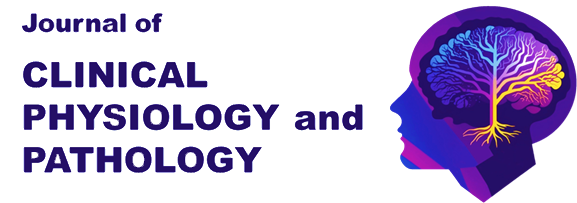Authors
Galina Drozdova, Igor Kastyro, Georgy Khamidulin, Yulia Dyachenko, Margarita Kostyaeva, Alexander Tsymbal, Polina Mikhalskaia
For сitation
Drozdova, G.; Kastyro, I.; Khamidulin ,G.; Dyachenko, Y.; Kostyaeva, M.; Tsymbal, A.; Mikhalskaia, P. The effect of stress on the formation of p53-positive and dark neurons in the hippocampus in a model of septoplasty in rats. Journal of Clinical Physiology and Pathology (JISCPP) 2022; 1 (1): 35-45
Abstract
The aim of this study was to determine the role of surgical stress on the formation of p53-positive and dark neurons (DN) in the hippocampus, and to examine the parallelism of their formation in the pyramidal layer of the hippocampus. Simulated septoplasty was performed on 20 Wistar rats. The hippocampus and dentate gyrus (DG) were examined, in which the number of DN and p53-positive neurons was determined at 2, 4 and 6 days after surgery. Compared with the control group (n = 5), the number of DN and p53-positive neurons increased in experimental animals at all periods. A direct relationship was obtained between the increase in the number of DN and p53-positive neurons in the hippocampal formation. Septoplasty simulation in rats results in the pathogenetic cascades onset, which, in its turn, changes the morphofunctional properties of neurons of the pyramidal layer of the hippocampus and contributes to their neuroplasticity. Activation of NMDS receptors of neurons during stress apparently, initiates two ways of neuron life – the beginning of p53 protein expression and the DN formation. Both ways can finally lead to apoptosis. The formation of dark neurons and the expression of the p53 protein in them are most likely to be interconnected and can probably provide neuroprotective mechanisms.
Keywords
septoplasty, stress, p53, dark neurons, hippocampus.
